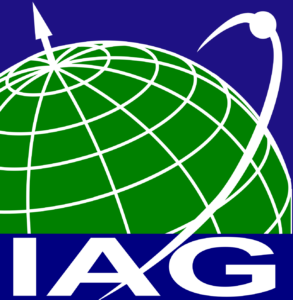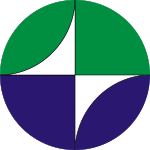SC 2.3: Gravity Missions
Chair: David Wiese (USA)
Vice-Chair: João de Teixeira da Encarnacao (Netherlands)
Terms of Reference
The successful launches of the German CHAMP (2000), the US/German GRACE(2002), the ESA GOCE (2009) and US/German GRACE-FO (2018) missions have led to a revolution in global gravity field mapping using space-borne observation techniques. These missions have utilized an array of measurement concepts and technologies, including high-low satellite-to-satellite tracking (SST) using the GNSS constellation, low-low SST based on microwave and laser ranging technologies, satellite gravity gradiometry (SGG), as well as high-precision space-borne accelerometry, to provide direct measurements of the global mass distribution and transport within the Earth system. The GRACE (2002-2017) and GRACE-FO (2018-present) missions have combined to provide a 21-year (and still growing) record of Earth system mass change and have served as the catalyst for several new planned gravity missions, including the US/German GRACE-Continuity (GRACE-C; planned launch in late 2020s),and ESA’s Next Generation Gravity Mission NGGM; planned launch in early 2030s), to both continue and improve upon this vital climate data record. GOCE provided high- accuracy and high-resolution static gravity field models. In combination with complementary gravity field information from terrestrial data and satellite altimetry, including the newly launched SWOT mission, an even higher spatial resolution static gravity field model can be achieved. These satellite missions provide valuable contributions to a diversity of geoscientific application fields, such as geodesy, hydrology, oceanography, glaciology, solid Earth physics, and climate research.
Objectives
The focus of SC 2.3 will be to promote and stimulate the following activities:
- providing the scientific environment for the development of the next generation of static and temporal gravity field solutions based on observations from the satellite gravity missions CHAMP, GRACE, GOCE, and GRACE-FO, as well as optimum combination with complementary data types (SLR, terrestrial and air-borne data, satellite altimetry, GNSS tracking, etc.),
- developing alternative methods and new approaches for global gravity field processing with special emphasis on functional and stochastic models and optimum datacombination,
- fostering the exchange of knowledge and data among processing entities,
- communication and interfacing with gravity field model user communities (climatology, oceanography/altimetry, glaciology, solid Earth physics, geodesy, hydrology,etc.) as well as relevant IAG organizations such as the GGOS Committee on Satelliteand Space Missions and the GGOS Bureau of Products and Standards,
- supporting the implementation of currently planned satellite gravity missions,
- identification, investigation, and definition of enabling technologies for future gravityfield missions such as observation types, technologies or mission architectures, and
- triggering new gravity field mission proposals and supporting their implementation.
Program of Activities
The Sub-commission will establish, if necessary, Working Groups on relevant topics.The Steering Committee will work closely with members and other IAG commis-sions and sub-commissions to obtain mutual goals. The Sub-commission will alsopromote and jointly sponsor special sessions at IAG Symposia and other workshopsand conferences.



